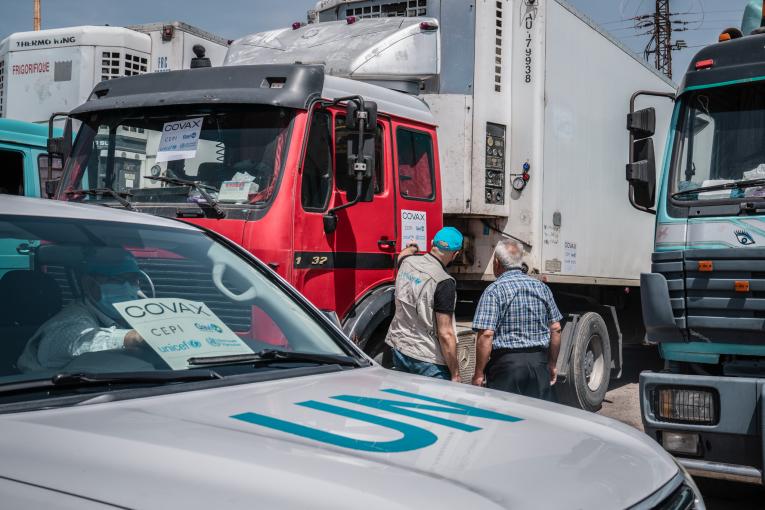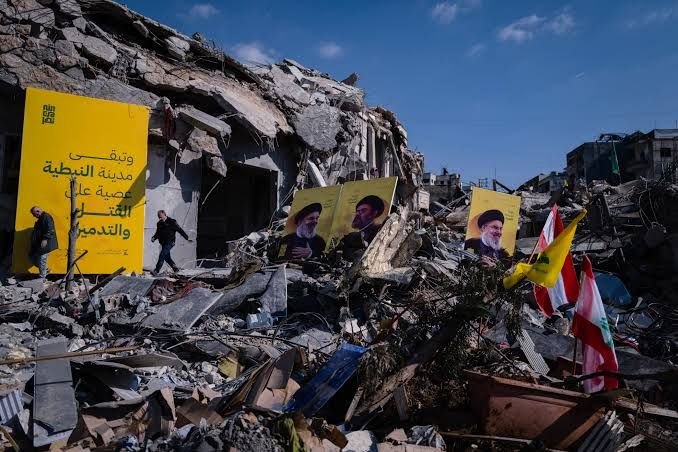#Life_Line
In the United Nations upcoming vote on the decision of the of flow humanitarian aid, whether food or medical, through the liberated northern Syrian crossings, if #Moscow places its veto again, the scene will become horrific.1/10
#Syria #USA #EU #المعابر_شريان_الحياة
In the United Nations upcoming vote on the decision of the of flow humanitarian aid, whether food or medical, through the liberated northern Syrian crossings, if #Moscow places its veto again, the scene will become horrific.1/10
#Syria #USA #EU #المعابر_شريان_الحياة

At the outset, it must be clarified that this ban will mean, in one way or another, the cessation of the flow of aid from most of international organizations, whether governmental or non-governmental, which work under the cover of the United Nations in general.2/10 

Consequently, the population and displaced persons in the liberated north of #Syria, estimated at 4.5 million, will be deprived of about 90% of the volume of food and medical aid without the possibility to replace it from any organization or country.3/10 

This aid is the only #Life_Line that remains for more than three million displaced people who left their homes and lands to escape death in Assad’s prisons, the bombing of Russian planes or the knives of Iranian sectarian militias.4/10 



In the beginning, the prices of goods in the liberated northern #Syria will rise rapidly, and local traders will try to exploit this reality by monopolizing goods, which will make life more and more difficult.5/10
#EU #UN #USA #Life_Line
#EU #UN #USA #Life_Line

With days and weeks passing, the administrators of the region will be forced to open humanitarian crossing points with the regime, which will become a means to suck the blood of the population and forward dollars towards #Assad's economy which is in dire need.6/10
#Syria
#Syria

Day after day, the poor will become poorer until they are faced with narrow choices,one of them being the option of moving to Assad areas in the hope that they will feed the women and children,even if death in prison is what the fathers will find there.7/10
#المعابر_شريان_الحياة
#المعابر_شريان_الحياة

Some will try to cross into the Turkish territory, which has recently become less enthusiastic to receive any new refugee as a result of popular pressure. Therefore, the option of death by the bullets of border guards is the most likely.8/10
#Life_Line #Syria #EU @UN
#Life_Line #Syria #EU @UN

Some will try to exploit the need of men and youth by recruiting them into international mercenary groups, and some will be exploited by extremists under the pretext of revenge against everyone, east and west.9/10
#USA #ISIS #EU #Russia #Syria #Turkey
#USA #ISIS #EU #Russia #Syria #Turkey
If Sednaya prison and Buka prison "camp" were the beginning of rising of #ISIS and more jihadist organisations between #Syria and Iraq, from Malaysia to Orlando, then the northern Syrian camps will become the spark of a bloodier page.10/10
#Life_Line #المعابر_شريان_الحياة
#Life_Line #المعابر_شريان_الحياة

• • •
Missing some Tweet in this thread? You can try to
force a refresh










